In what Mexican President López Obrador called a “bet on life,” on January 8th the Mexican government issued 20 decrees laying out the addition of nearly 2.3 million hectares of land and sea into the national system of protected areas. It’s one of the single-largest expansions of conservation areas in the country’s history,
Not all of the 20 new sites will be conserved for the same reasons, or receive the same level of protection, but will nevertheless raise the total conserved acreage of the country’s natural landscape to 234 million acres or 376,000 square miles, around one-third of what is protected federally in the US.
“With the recent announcement of 20 new Natural Protected Areas, on January 8, this government becomes the one that has made the most decrees in favor of life and biodiversity in the country, adding more than 3 million hectares to federal protection,” the national government said in a statement.
Mexico, like many countries in Latin America, is extremely biodiverse and consists of everything from high mountains to baking deserts, lush jungles, and tropical seas.
The new Natural Protected Areas (ANPs) reflect this diversity, and consist of beaches, marine reserves, lush mountain forests, and other environments. Seven of these new ANPs were designated as sanctuaries, four were recognized as National Parks, four were classified as Flora and Fauna Protection Zones, three were acknowledged as Natural Resource Protection Areas, and two as Biosphere Reserves.
Standout sites
1,103 hectares of mangrove swamps in Puerto Morelos, in the northern area of the Yucatan state of Quintana Roo, were enshrined as a Flora and Fauna Protection Zone, and exist in a predominantly freshwater seasonal coastal lagoon that is unique in the state. 1,294 native species of flora, fauna, and fungi dwell here, including 96 that are threatened with extinction including the ocelot, red herron, and ornate hawk-eagle.
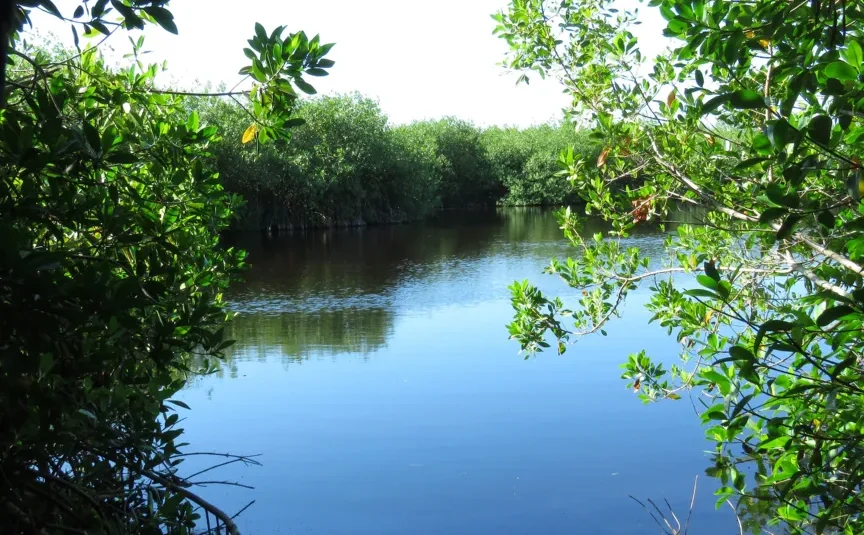
Mangroves are one of the most important and most threatened ecosystems on Earth, as they tend to sit in what could be ideal coastal real estate, but which prevent hundreds of billions of dollars in flooding damages worldwide every year. They sequester carbon in larger amounts than terrestrial forests, and act as nurseries for commercial fish stocks.
Bajos Del Norte National Park is now the largest protected area under Mexican jurisdiction in the Gulf of Mexico at 1,300,000 hectares, or around 3 million acres. The reef contains 5 species of sea turtle, endangered sharks, and grouper fish which all make their way through this vast area to feed and reproduce. It also provides for thousands of subsistence fishing communities along the Yucatan Peninsula and will connect with the existing Alacranes Reef National Park.
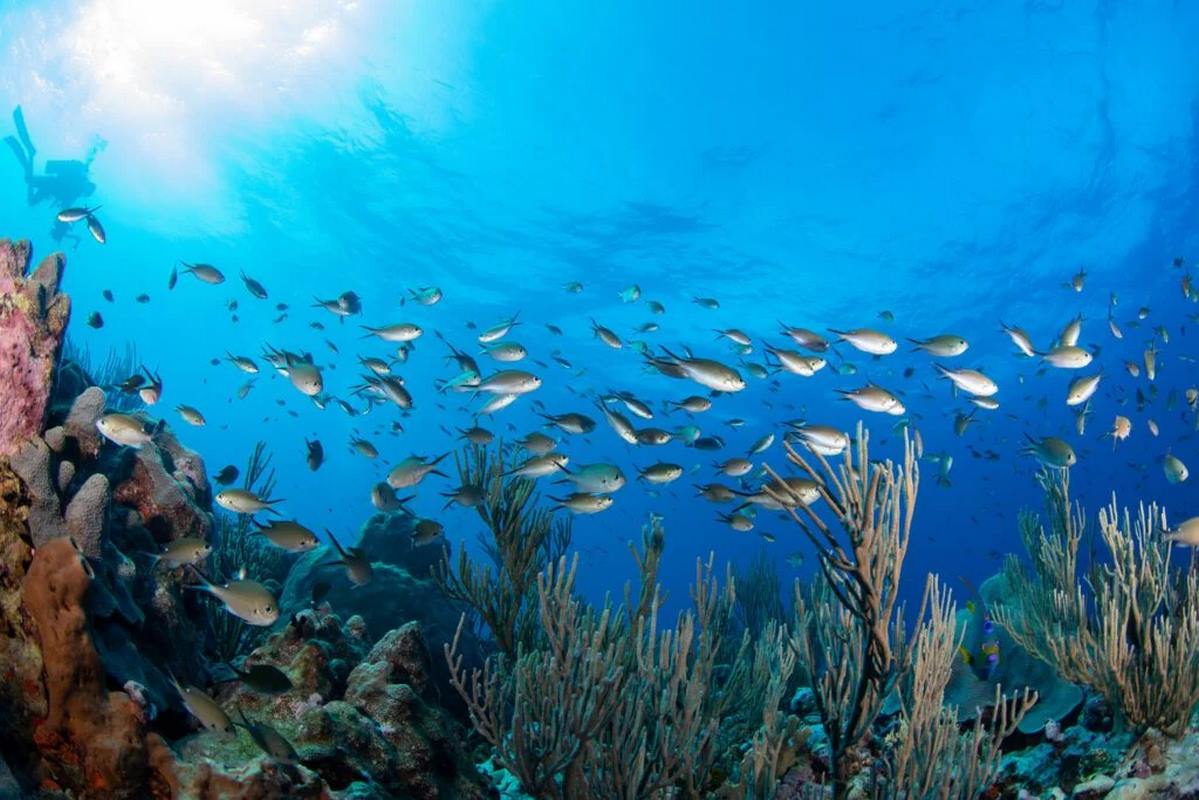
“This is great news for the future of the seas and people,” said Miguel Rivas, Director of the Mexican marine non-profit Oceana. “With this decision, Mexico is closer to complying with the global agreement to protect 30% of its marine territory by 2030 and guarantee the source of employment and food for thousands of families.”
Known as “Mexico’s Galapagos” the island of Isabel and the surrounding seas located at the bottom of the Gulf of California on Mexico’s Pacific coastline stand out for hosting one of the highest levels of marine biodiversity in the country, particularly for commercially caught species. Through the seas swim whale sharks and gray whales, and the island itself is an important rest stop for 120 different species of seabirds.
“Marine Zone of Isabel Island is of great importance for groups of fishermen from communities in Nayarit and Sinaloa, who carry out their commercial artisanal fishing activities in the area; an important part of the economy of these communities depends on the long-term conservation of species of fishing interest and their habitats,” the government wrote in a decree announcing the protected area.
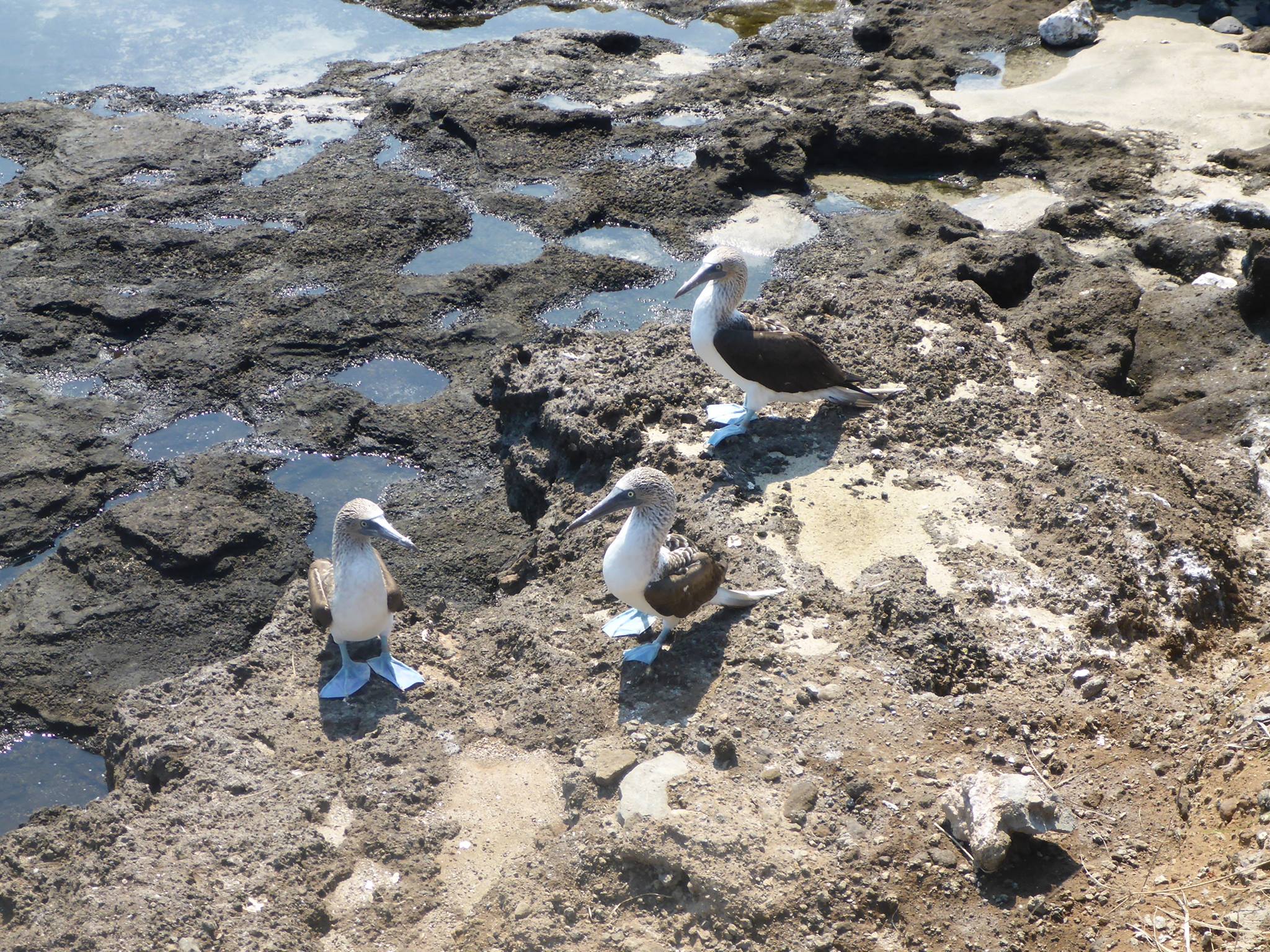
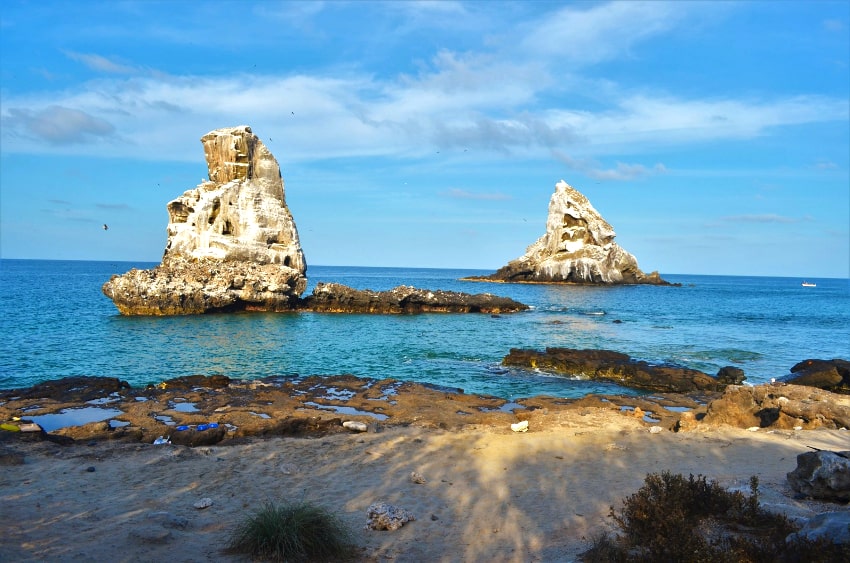
In 2005, UNESCO declared the island and parts of the Gulf of California a World Heritage Site. In 2018, 528 acres were protected by a no-fish zone. Now, 31,600 hectares of surrounding seas encompass the area’s new national park.
The Semi-Desert of Zacatecas Flora and Fauna Protection Area is established at over half a million acres of scrubland in the state of Zacatecas. Described in the degree by President Lopez Obrador as “an emblematic area” it’s home to 30% of the country’s golden eagles, so “the emblem of Mexico, with these decrees, is also being protected,” said the Commissioner of CONAP, the agency that manages the country’s protected areas.
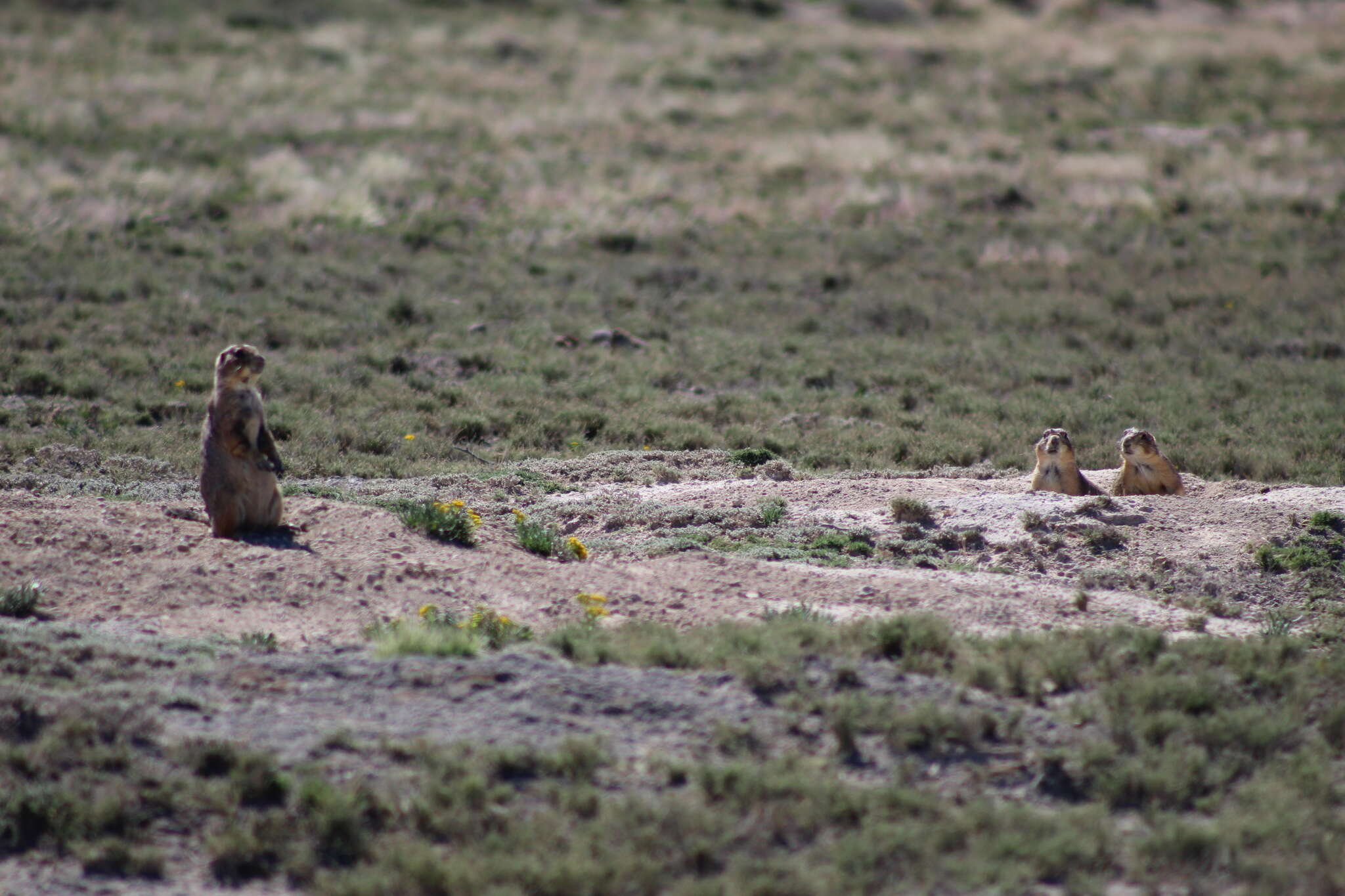
This area is located within the Chihuahuan Desert biogeographic province, which is the largest and most diverse arid zone in northern Mexico, and shared by several Mexican states and regions of the United States of America. Occupying most of the Mexican Altiplano, this desert is recognized for its remarkable biodiversity in the Mexican xerophytic region, and the mountain ranges found in this site constitute an aquifer recharge area that benefits the northern area of the state of Zacatecas. It is the central breeding habitat for the Mexican prairie dog.
The new Sierra Tecuani Biosphere Reserve is one of the most important sites protected in the recent decrees. These forested mountains in the Guerrero state of Mexico’s southwest harbor a sizeable chunk of Mexico’s endemic species, including 150 that are threatened in some way with extinction. The reserve covers 1,343 square miles—over 800,000 acres of migratory corridors for large cats like the jaguar.
Small communities called ejidos that practice forestry and agriculture exist in the biosphere area, and despite the law creating it stipulating that these communities cannot enlarge in any way, the ejidos community members made up the supporters of the decree. WaL
PICTURED ABOVE: CONAP announcing the 20 new decrees. PC: Government of Mexico, released.



